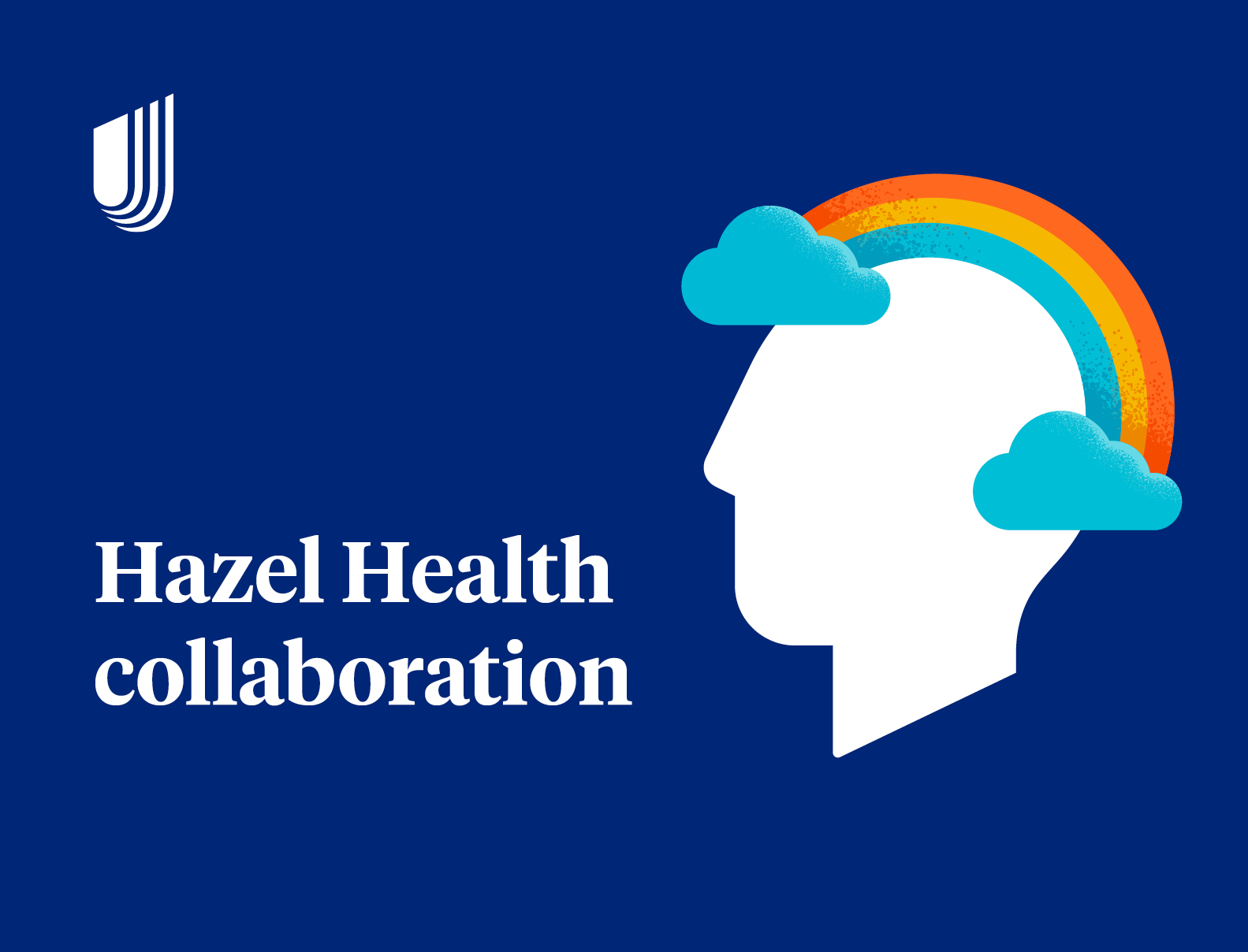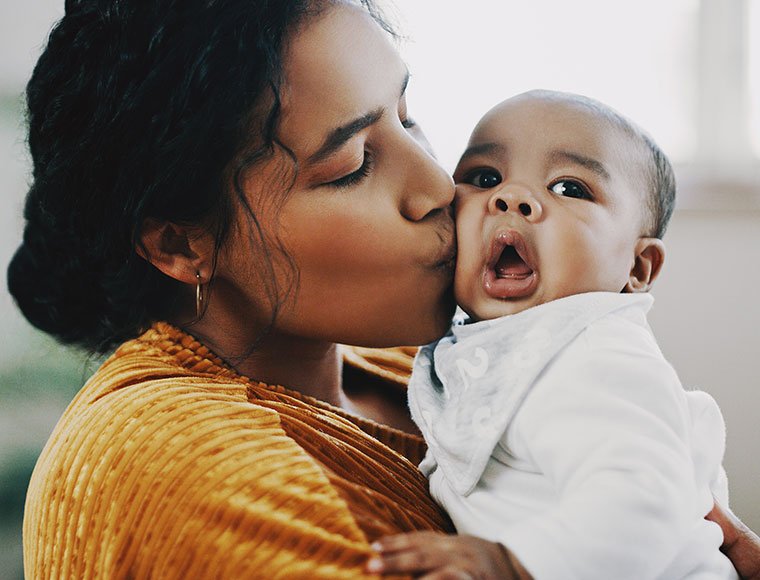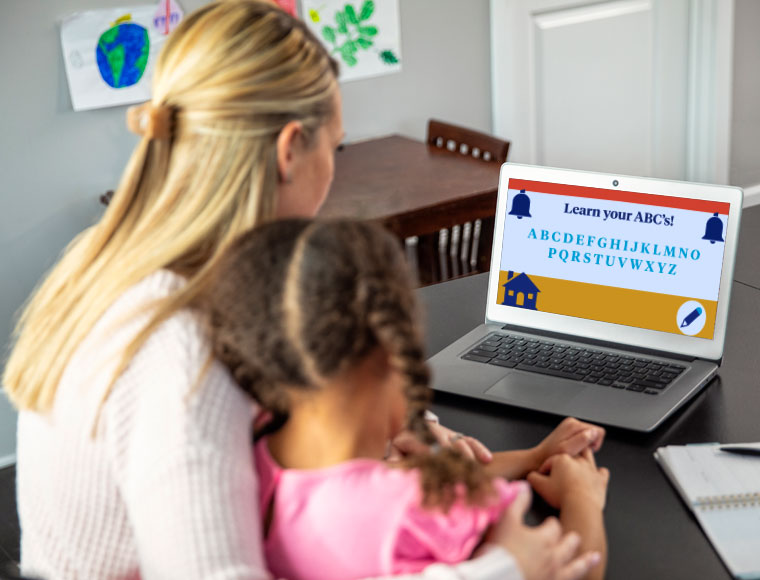The child welfare system is designed to promote the well-being of children and youth by providing protection and care when there are concerns about a child’s home environment. Many families first become involved with the child welfare system because of a report of possible child abuse or neglect.
Children with child welfare involvement include current and former foster youth, adoptive youth, and crossover youth (involved in both the child welfare and juvenile justice systems). Common services and supports provided by the child welfare system include welfare investigations, placement of children out-of-home such as in foster care or kinship care, adoption assistance, prevention services, and supports for youth transitioning to adulthood.
In 2022, more than 560,000 children spent time in foster care in the United States. Children involved in foster care tend to have greater physical and behavioral health needs than most other children. This is particularly due to trauma associated with the challenges of being placed into foster care along with the trauma of being separated from one’s biological family, school, friends, and a familiar lifestyle. Medicaid is uniquely positioned to support the health and wellbeing of this population, as all children placed into foster care are eligible for the program.










